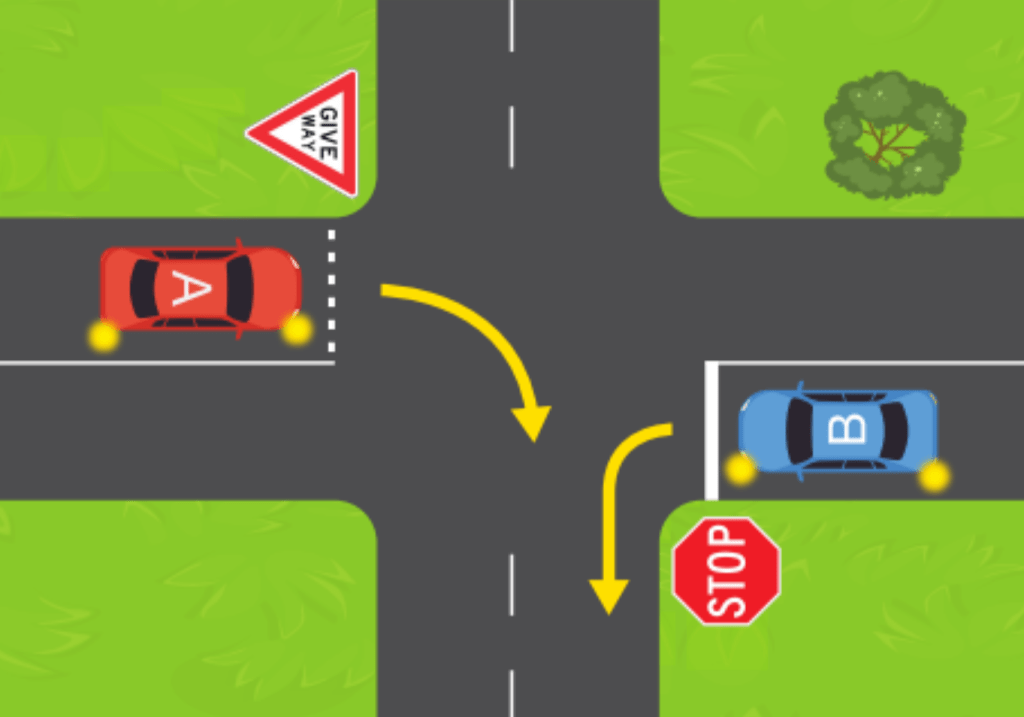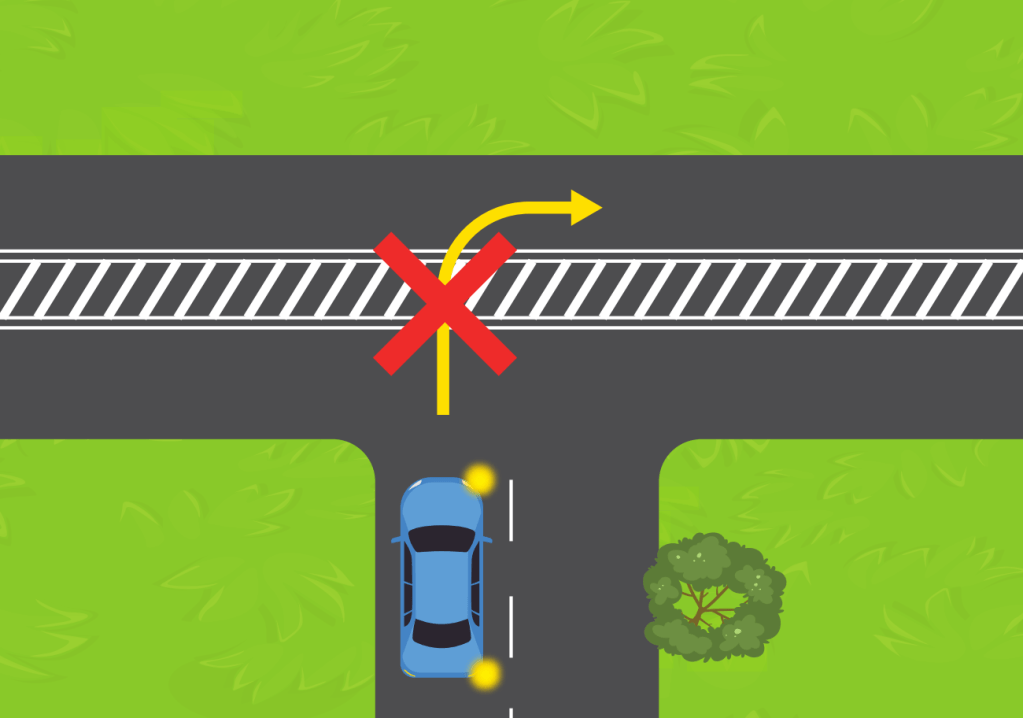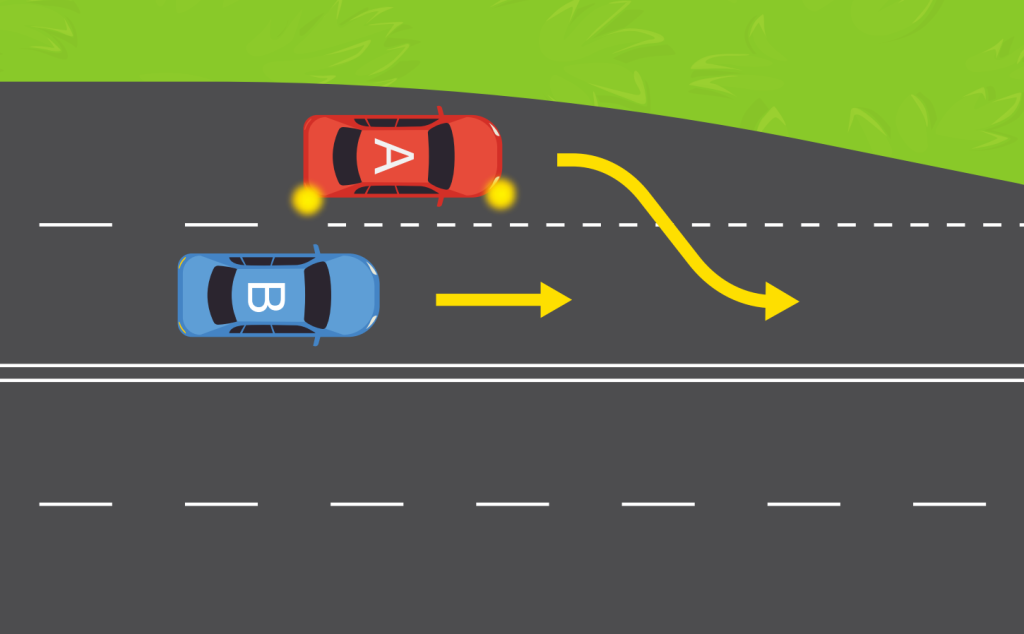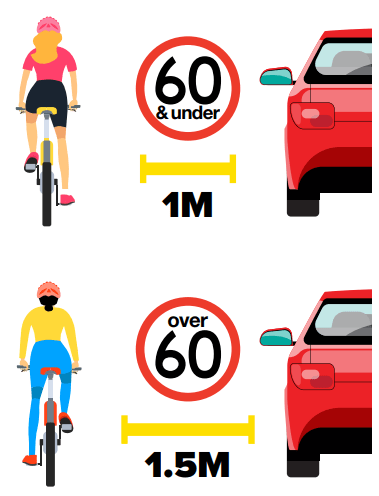A ‘Road Rules Refresher Guide’ has just been released by the Department for Infrastructure and Transport (DIT), to help SA drivers “get up to scratch” on the most misunderstood road rules.
Test yourself on the most misunderstood road rules
The DTI’s road rules pocket guide aims to clarify common mistakes SA drivers make, including the perennial SA problem of merging into traffic. But it also is a good refresher on managing continuous lines, giving way and sharing the road with cyclists.
Here are five of the key takeaways (CityMag is proud to say we passed with honours):
STOP and GIVE WAY signs

Contrary to popular belief, the road rules guide clarifies that “a STOP sign is not ‘more powerful’ than a GIVE WAY sign”.
Instead, when both signs are present, they cancel each other out.
Looking at the above scenario, the guide advises that “vehicle A must give way to vehicle B because it is turning right across the path of vehicle B”.
Both cars are turning right. Who gives way?
The above was posted to Service SA’s Facebook page to advertise the new refresher guide.
While the comment section had countless guesses for which vehicle should give way, thankfully most users got it right (hint, hint).
Continuous lines and islands. Can you cross them?

The DTI’s pocket guide advises that whenever there are two parallel continuous dividing lines, drivers cannot cross them at all, unless avoiding an obstruction or to allow enough room to safely overtake a cyclist.
As shown above, the same rule applies to painted islands.
If the island is surrounded by parallel continuous lines, then drivers cannot cross over it.
The refresher guide adds that islands that separate “traffic flowing in the same direction, such as where an on-ramp merges on to a roadway” cannot be crossed either.
The two give way rules for merging
To refresh drivers’ memories, the DTI reminds South Australians that “there are two different give way rules for merging”.

As seen above, when the road is marked with lines and the lane is coming to an end, the driver must give way to traffic already in the other lane. In this case, vehicle A gives way to vehicle B.

However, in the scenario depicted in the second image, if there are no lines marked on the road and the traffic is merging, drivers must give way to the vehicle that is ahead. This means vehicle B gives way to vehicle A.
Sharing the road with cyclists. How close is too close?

The most significant rule highlighted by the DTI regarding cyclists was to ensure that drivers keep a safe distance when passing riders.
When driving 60km/h or less, drivers must allow for a 1-metre distance.
When over 60km/h, drivers must allow for a 1.5-metre distance.
The need for greater education around road safety with cyclists was highlighted recently by the finding that seven cyclists have already been killed on SA roads this year.
This is more than double the figure of cyclists’ deaths for the entirety of 2022. There have been a total of 93 fatalities on SA roads so far this year, according to the SA Police.
RAA Senior Manager of Safety and Infrastructure, Charles Mountain, said that it is important to remember the humans behind these figures.
“The numbers are shocking, but they aren’t just numbers – each fatality is someone’s father, mother, son or daughter, and a gaping hole is left in a South Australian family,” he said.
For more information on the Road Rules Refresher Guide read here or take the road rules quiz.




